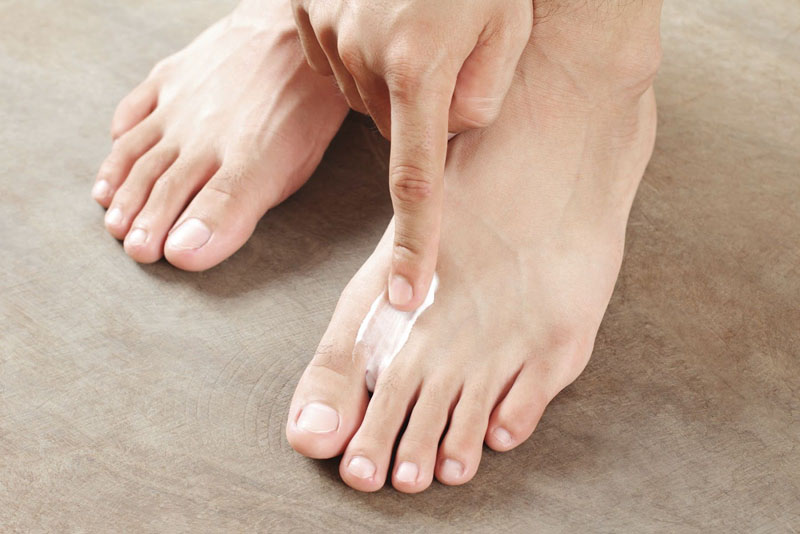Athlete’s Foot: Common skin infection
Athlete’s Foot is one of the most common and contagious skin infections. Medically termed tinea pedis, the infection is usually caused by dermatophytes — a group of fungi.
This fungus grows in warm and damp places. Be it a pool, public shower or locker rooms, they can grow anywhere. And those sharing these common spaces are likely to get infected with the disease. When people walk bare feet in these areas, they are most likely to get the infection.
The disease is named Athlete’s Foot as it is quite common in athletes. “However, one shouldn’t get confused with the name as the infection isn’t only seen on athletes. It can occur on anyone,” explains Dr Amit Amayta, Associate Professor, Patan Academy of Health Sciences, Patan Hospital, Lagankhel.
Symptoms
The infection is quite common during the summer season. A favourable season for the fungi to breed is during the humid climate and that usually occurs during the summer season, as per the doctor. As the temperature increases, there are high chances for one to get an infection.
Tinea pedis can affect one or both feet. Symptoms of infection include redness and an intense itching of the foot/feet. A circle/ring can be seen above the toe areas. Scaly skin is also one of the common symptoms. Dry, red scaly eczema type of symptoms too are common in people suffering from this infection. The skin cracks and peeling of the skin is also common. There is appearance of scales in between the toes. Blisters are rare, yet they can occur at times. Sometimes there are chances of puss discharging. People at times can suffer from secondary infection. Besides the toes, such skin infection can occur in the fingers too. Itchy finger is one of the symptoms. “Water blisters too can appear in between the fingers. Nails too can get infected. Diabetic patients are prone to such secondary bacterial infection,” informs Dr Amatya.
Common in men
The infection is quite common in men who wear closed shoes. Sportsmen, policemen, guards among others who wear closed shoes are under higher risk of getting the infection. “When people wear closed shoes, there is sweating from the feet. As there is high temperature, this increases alkalinity and as the feet becomes moist, there are high chances for the fungi to invade,” explains Dr Amatya.
The disease is common in athletes as they wear socks and shoes. The friction in their feet, sweating and the heated temperature gives a perfect breeding atmosphere for the fungi. This is why athletes are prone to the infection, as per the doctor.
However, anyone can suffer from such a skin infection. Not only this infection, but there are chances for one to suffer from pseudomonas infections. “This is a kind of bacterial infection that occurs from the bacterium pseudomonas. Super infections with blistering types of bulla can be seen. They are painful,” the doctor elaborates.
Besides sportsmen and those wearing closed footwear, women too are equally prone to the infection. And if one does not pay attention to the infection, then there are chances for one to suffer from ringworm infection. This is why one must be careful about such skin infections.
High during summer
Such infections are likely to occur during the summer and monsoon seasons. When the roads are wet and muddy, there are higher chances for the fungi to breed and as a result people suffer from such skin infections. “Many people in the country work in fields and as there are muddy lands and water, people working in the fields are more prone to such infections,” Dr Amatya informs.
People apply a simple combination cream to get rid of the infection without consulting the doctor. Such kinds of cream have steroids in them and the use of such steroids flares the infections. “This is why one mustn’t use such cream without consulting dermatologists. Use of oral tablets and antifungal cream must be completely avoided,” suggests the doctor.
Ways for prevention
- Dry your feet (one can use cotton buds in between the toes or a hair drier, or talcum powder to keep one’s feet dry).
- Always keep the floors clean if there is anyone suffering from the infection at home.
- Wash socks separately.
- Do not wear anyone else’s shoes.
- Diabetics should be more careful.
- Do not use any medicines without doctor’s prescription.






